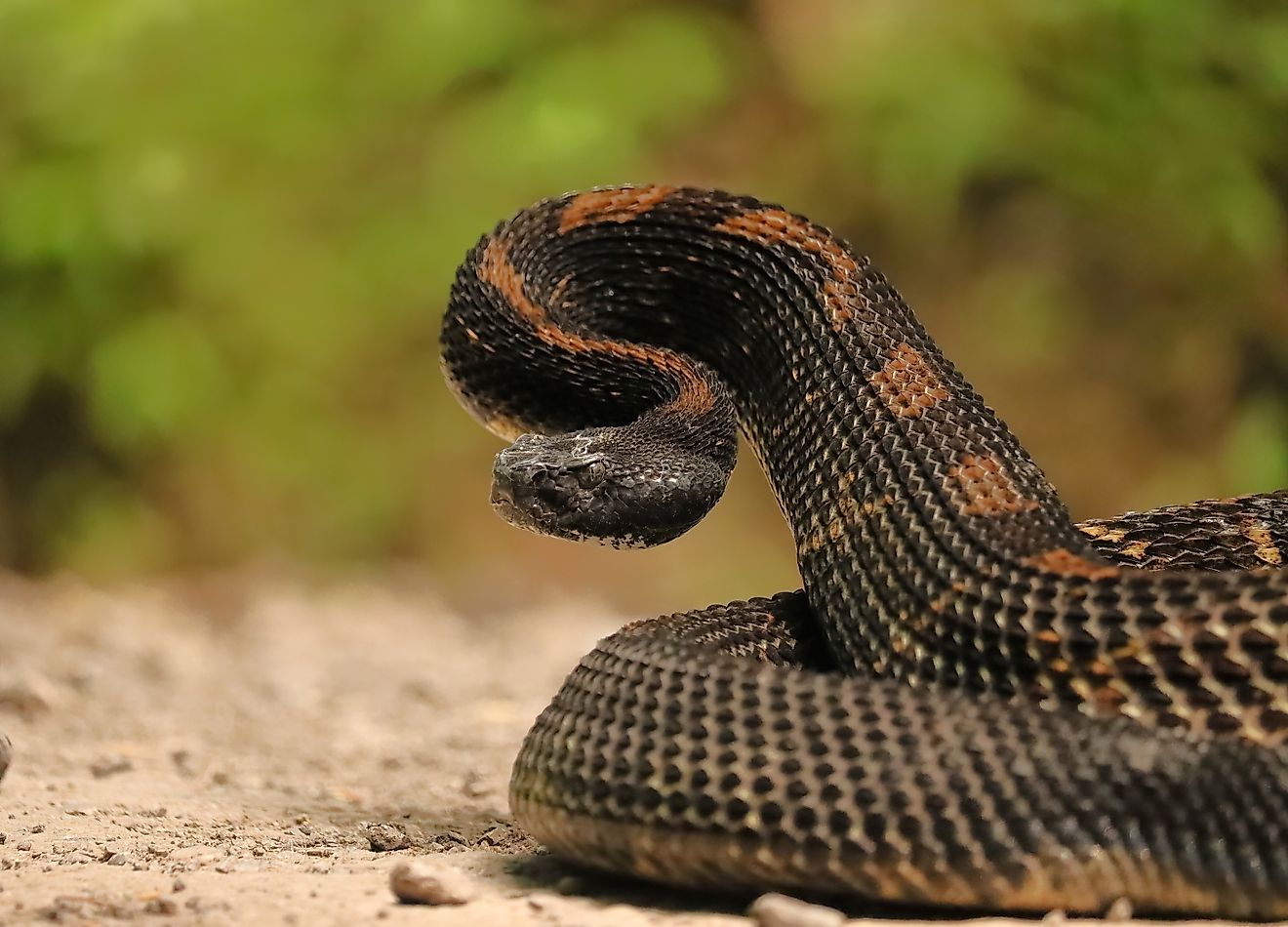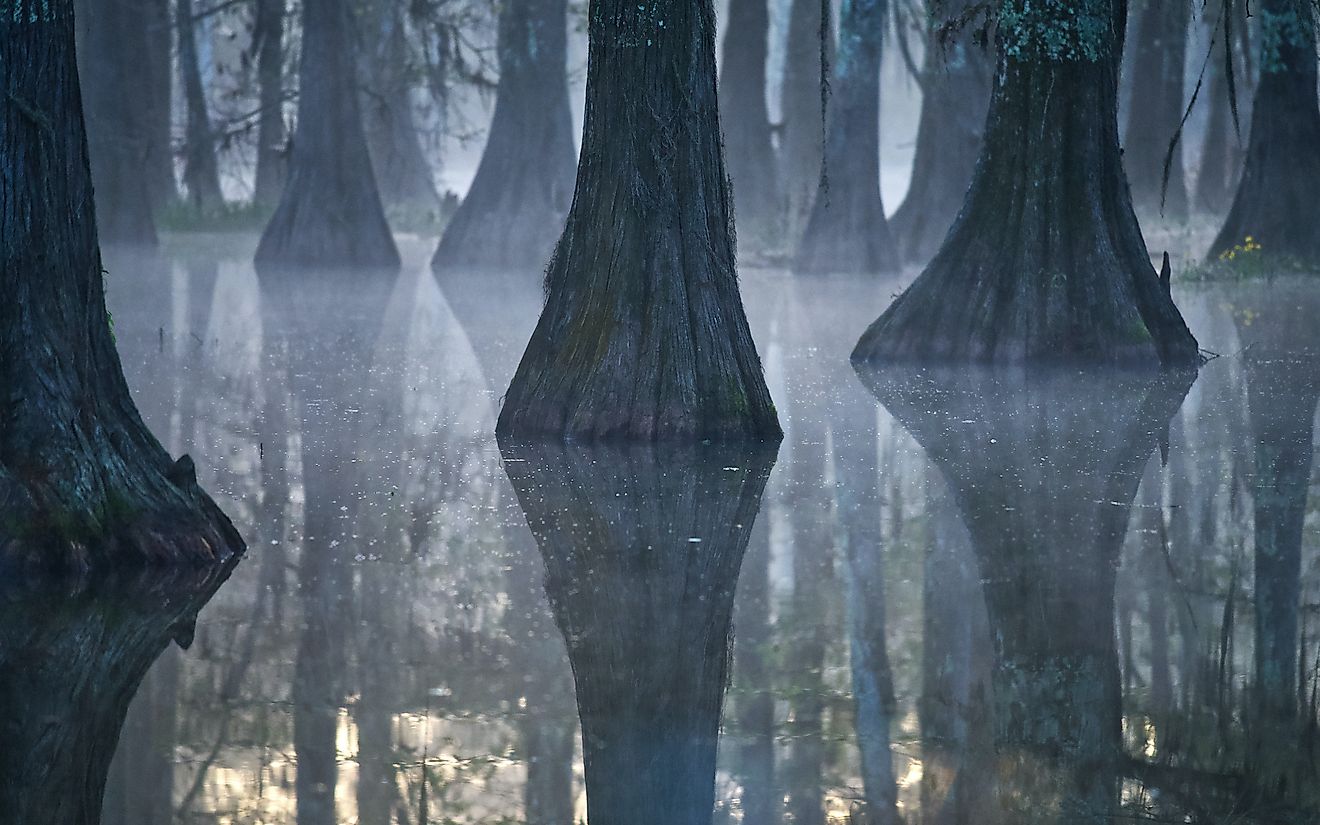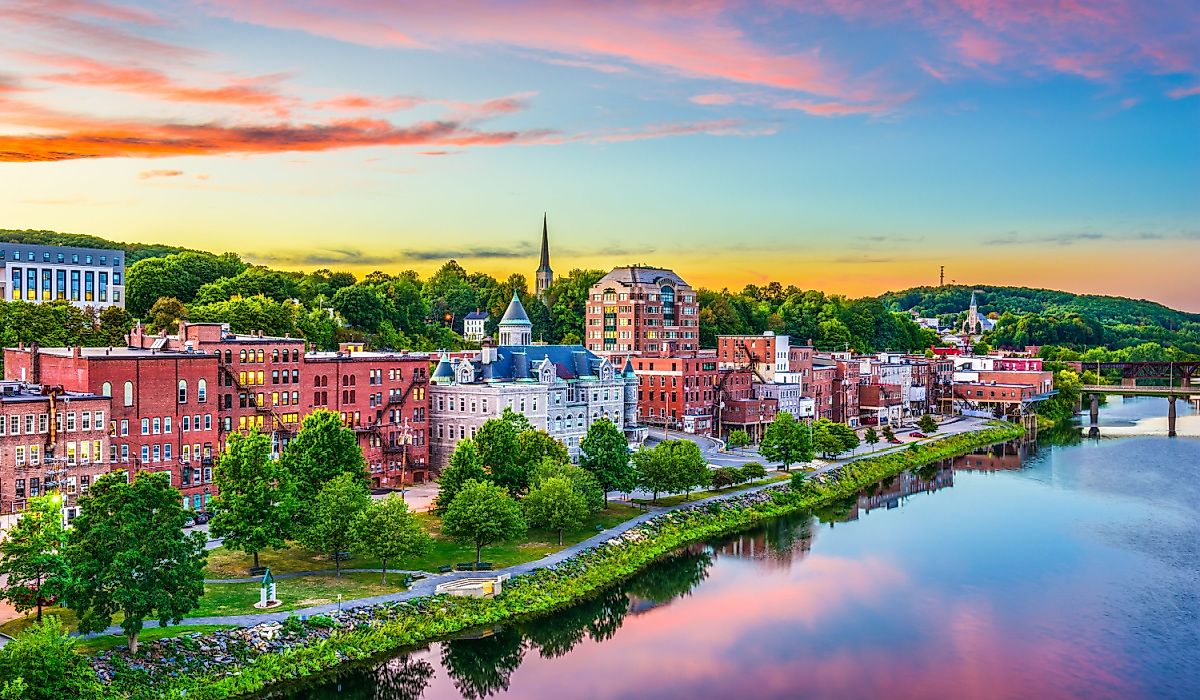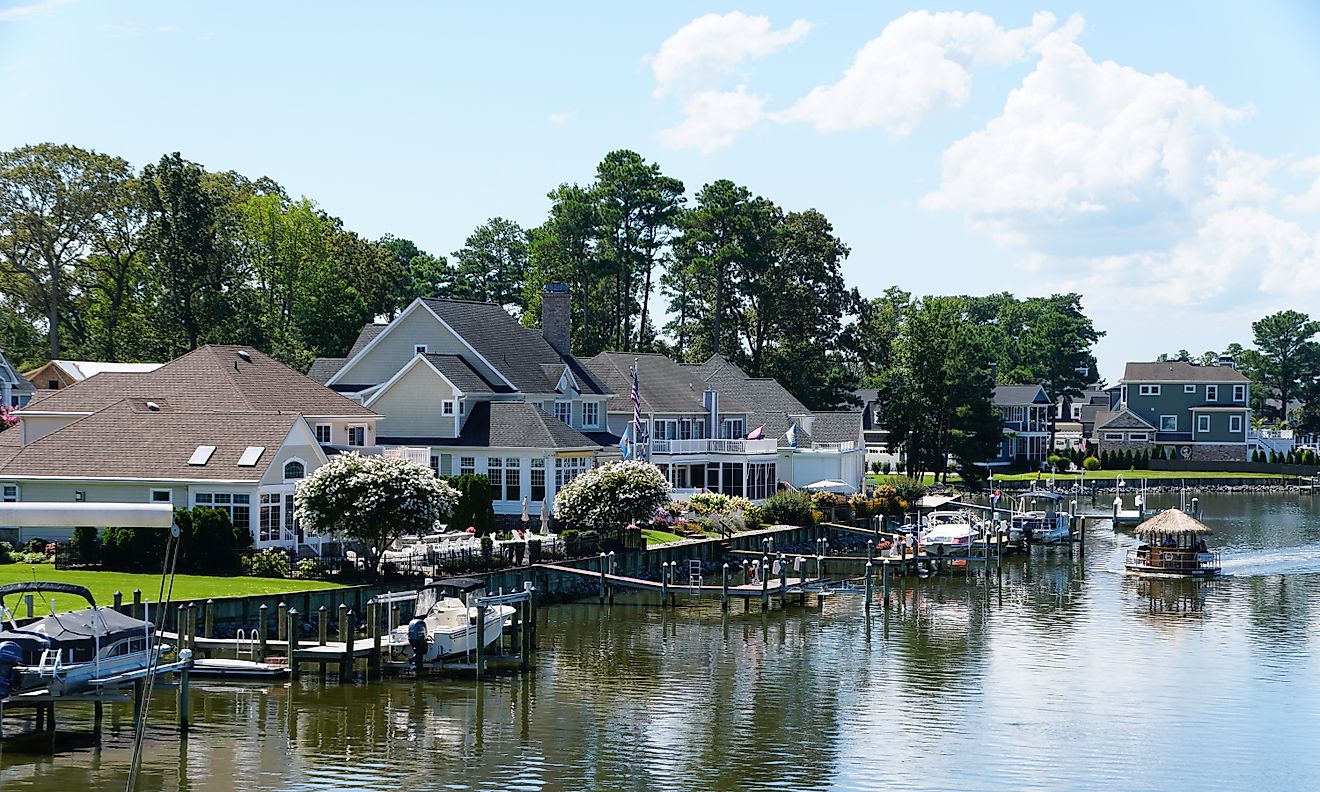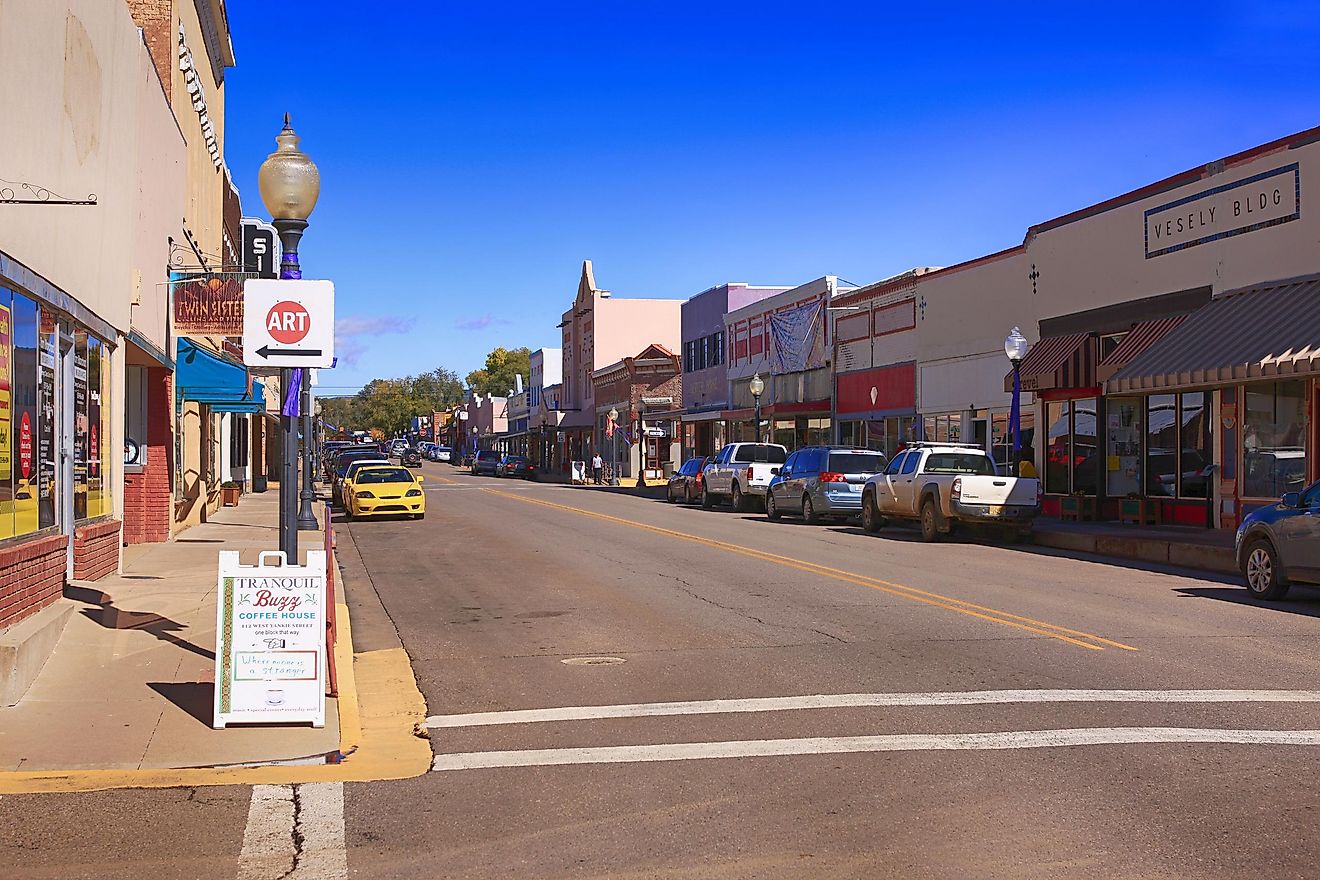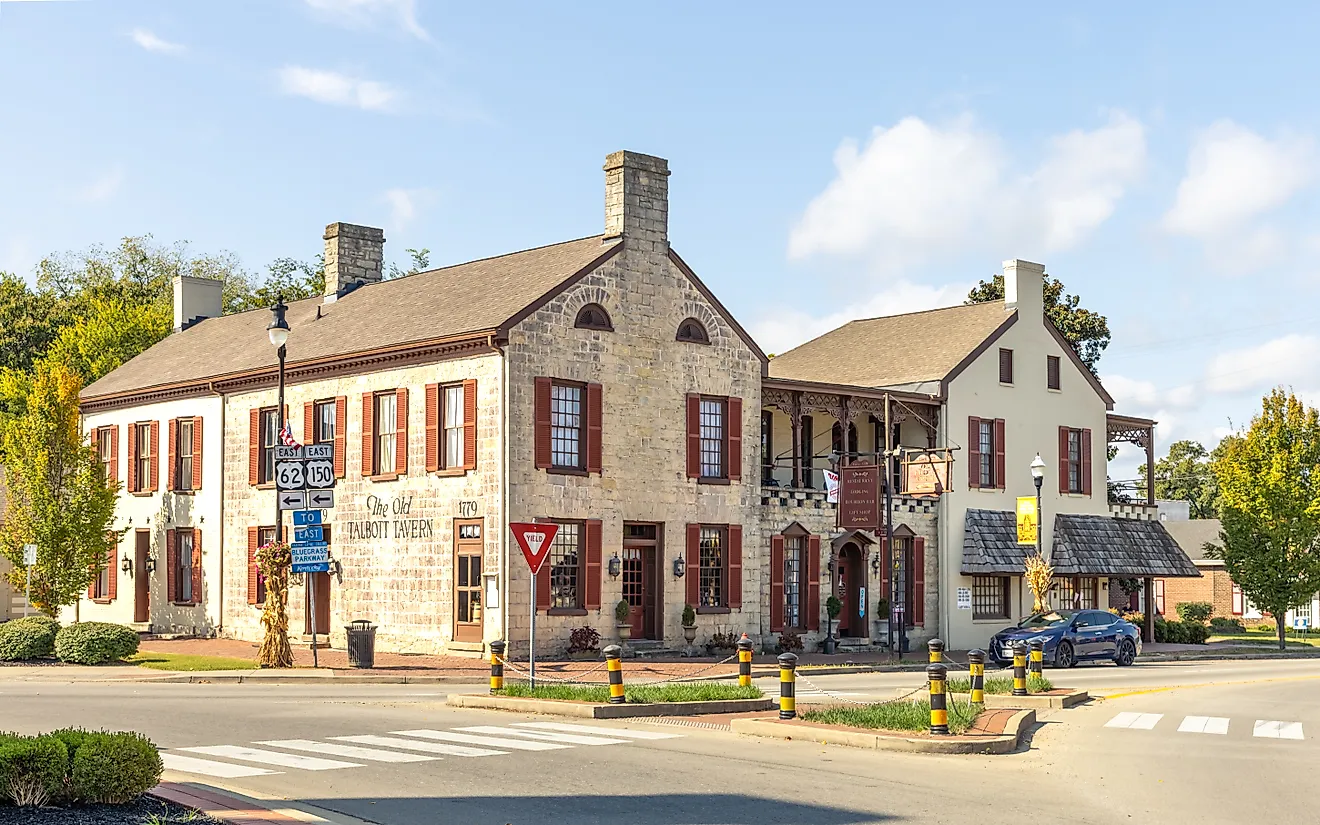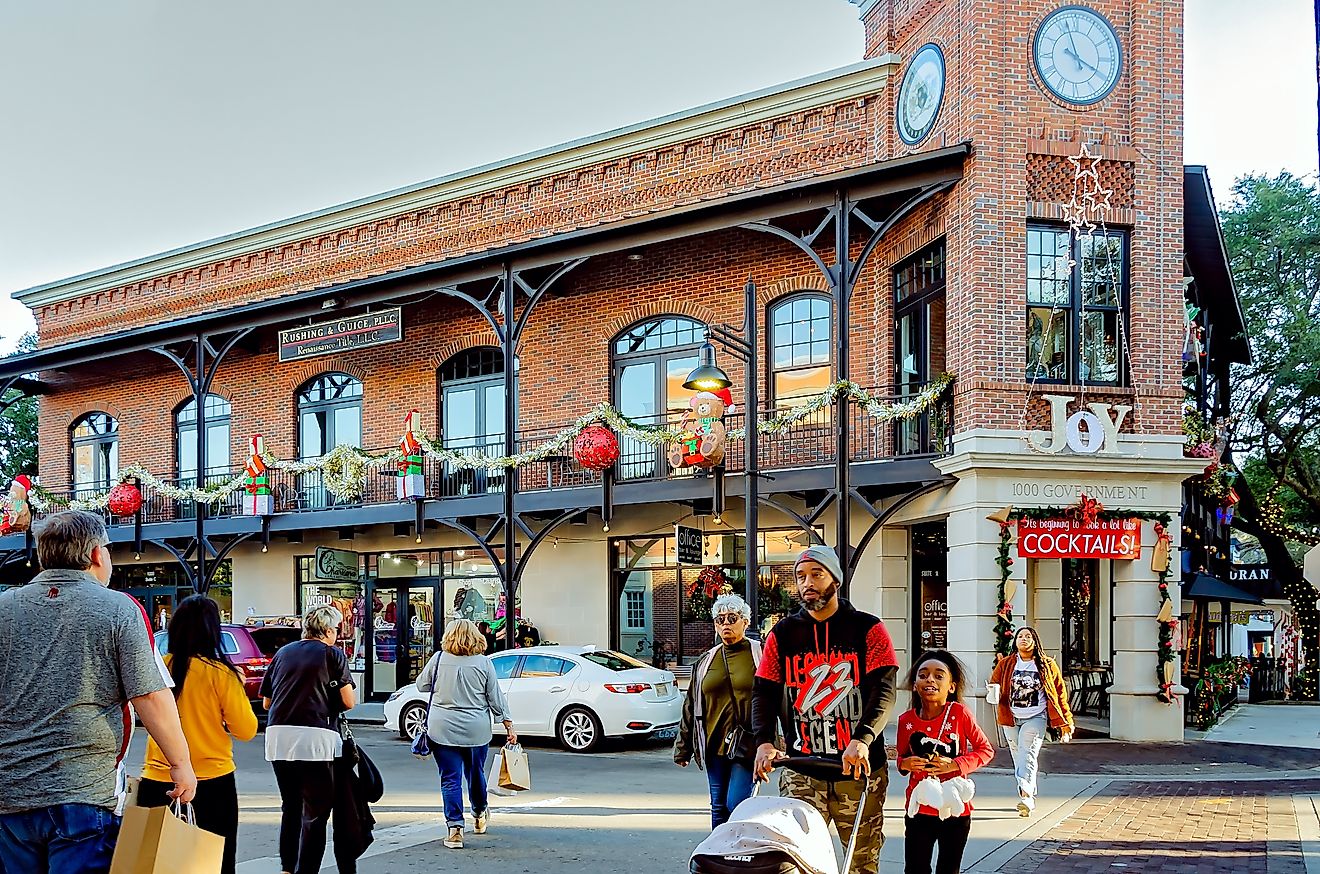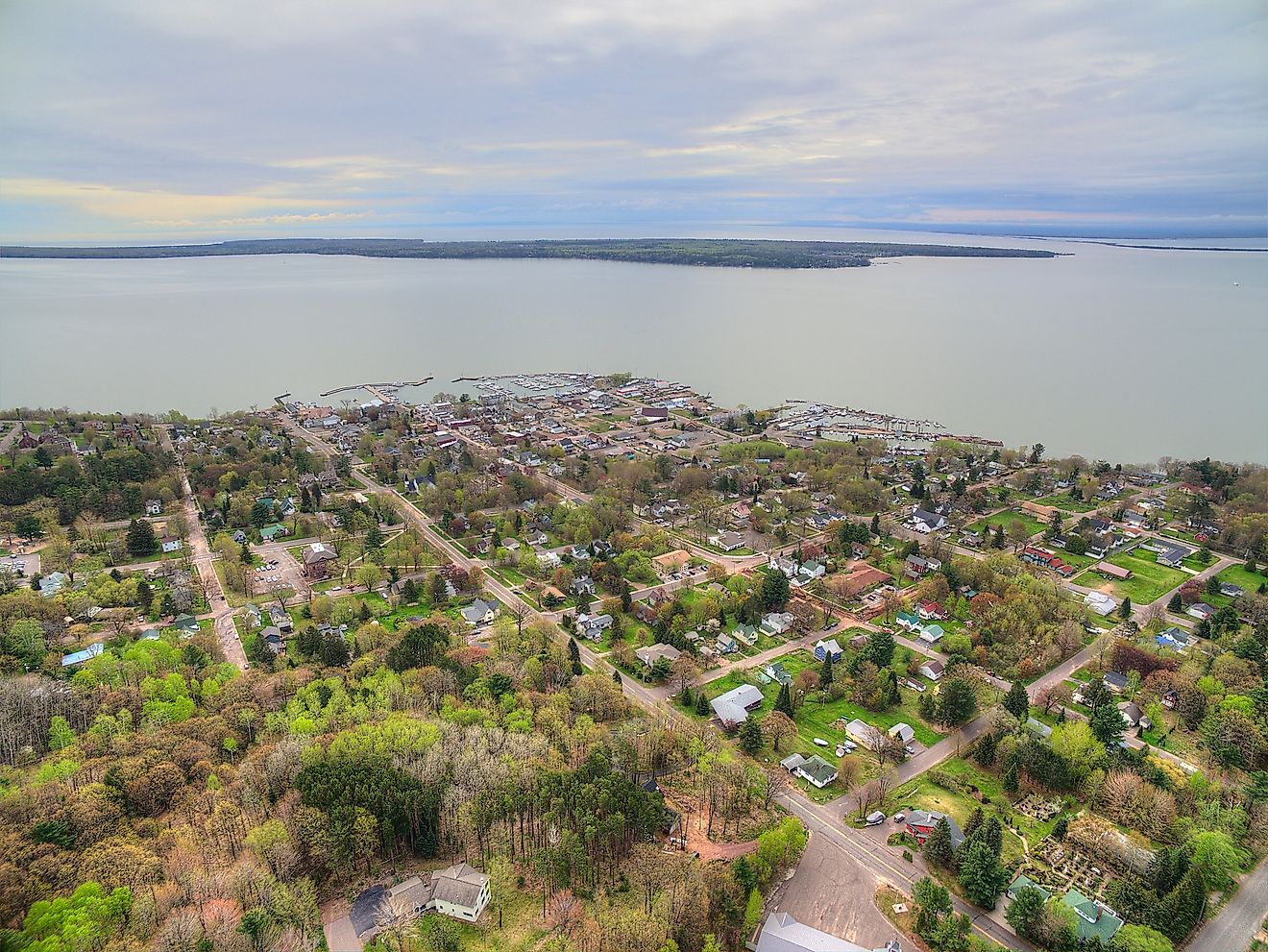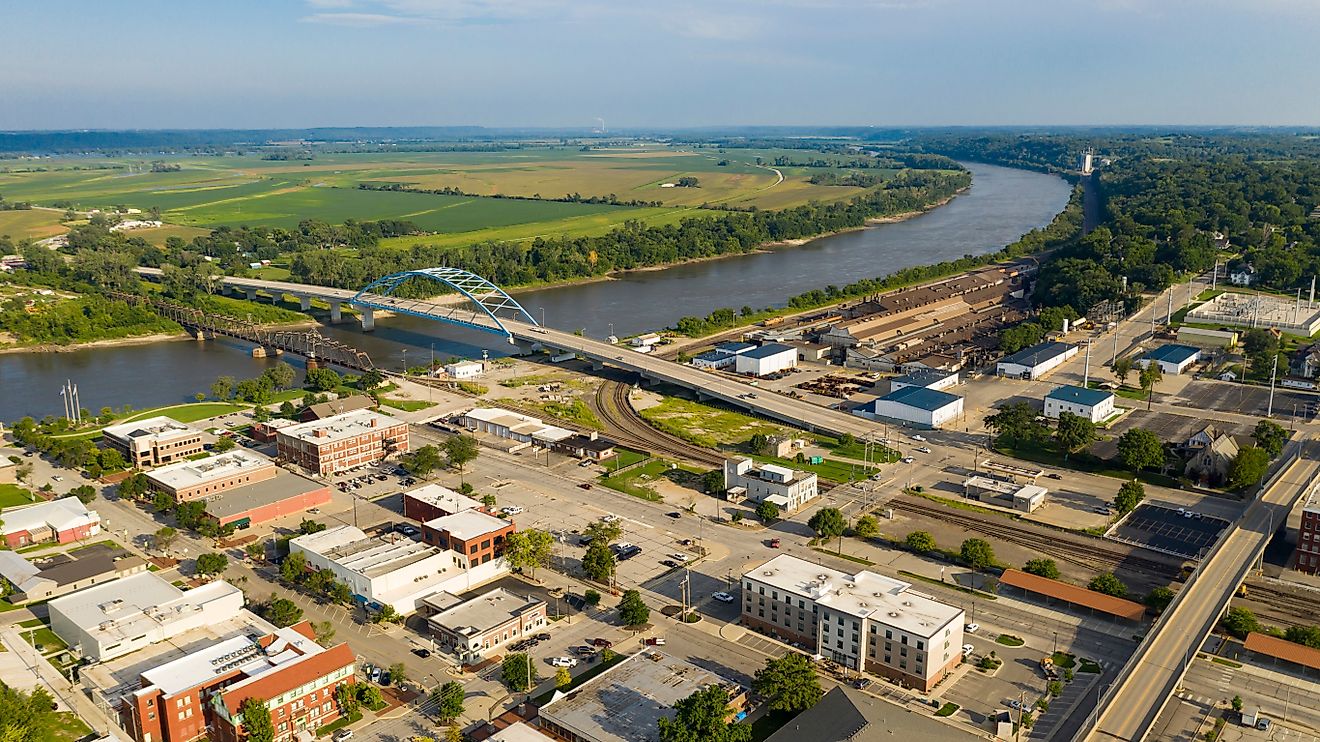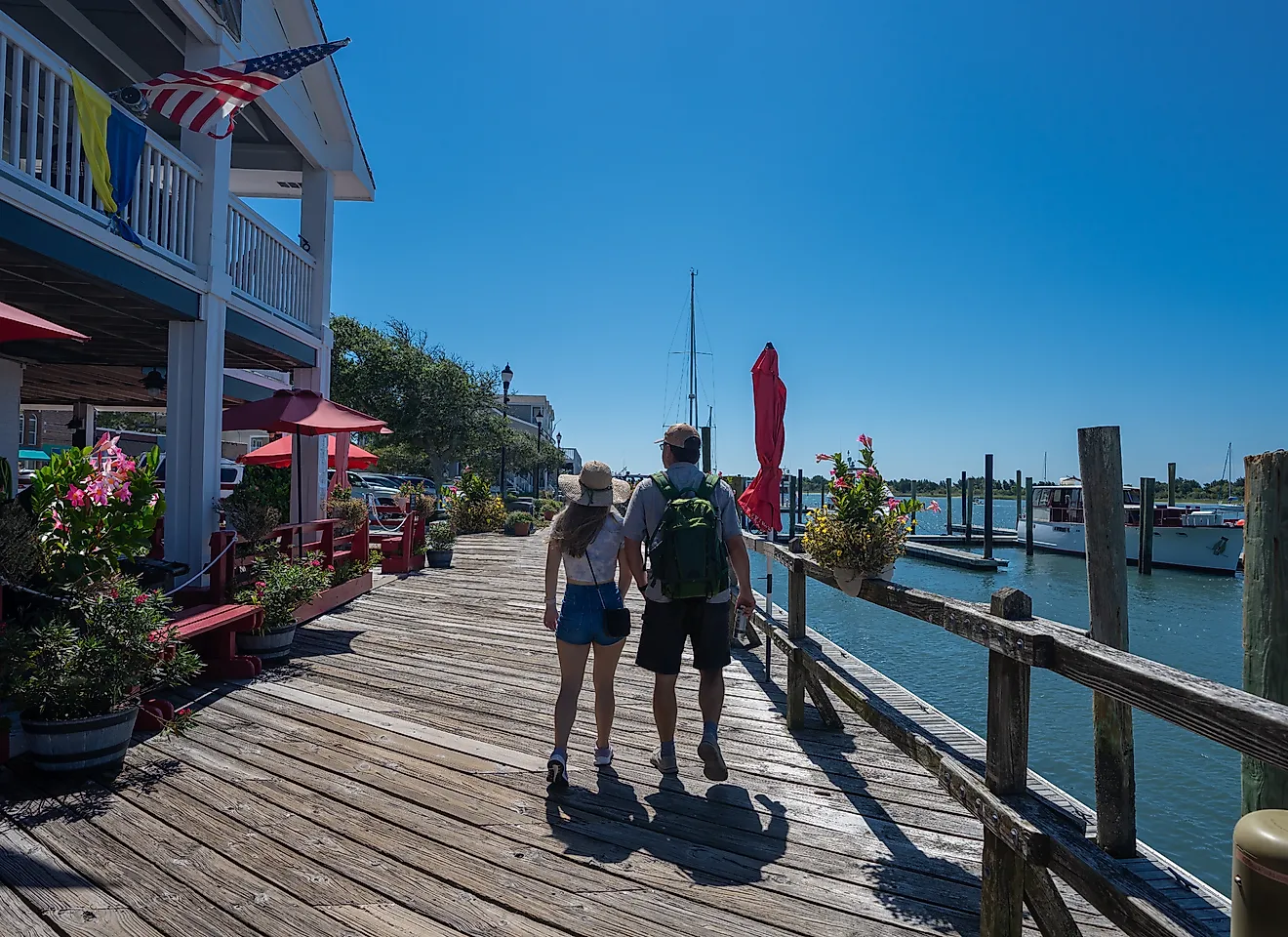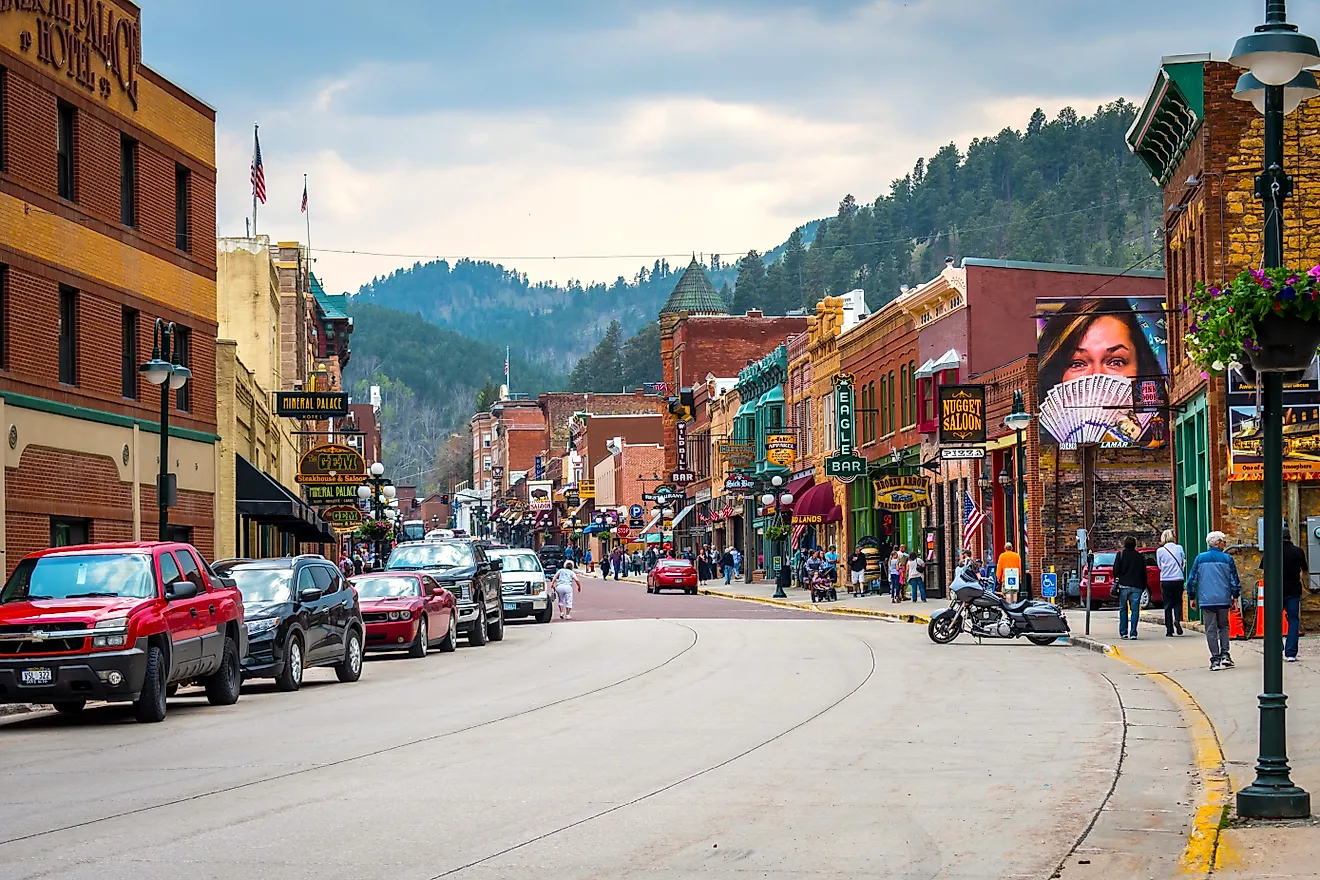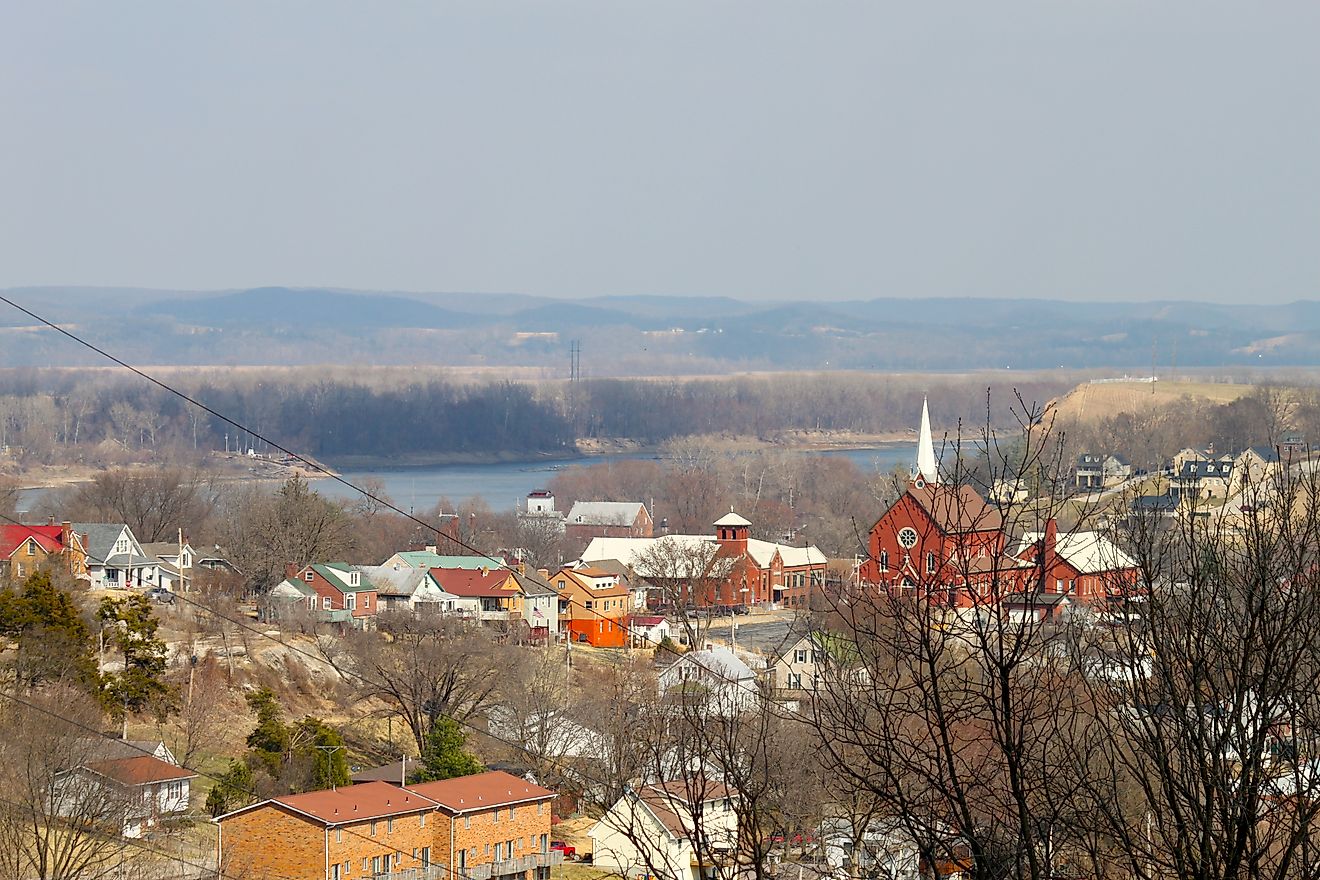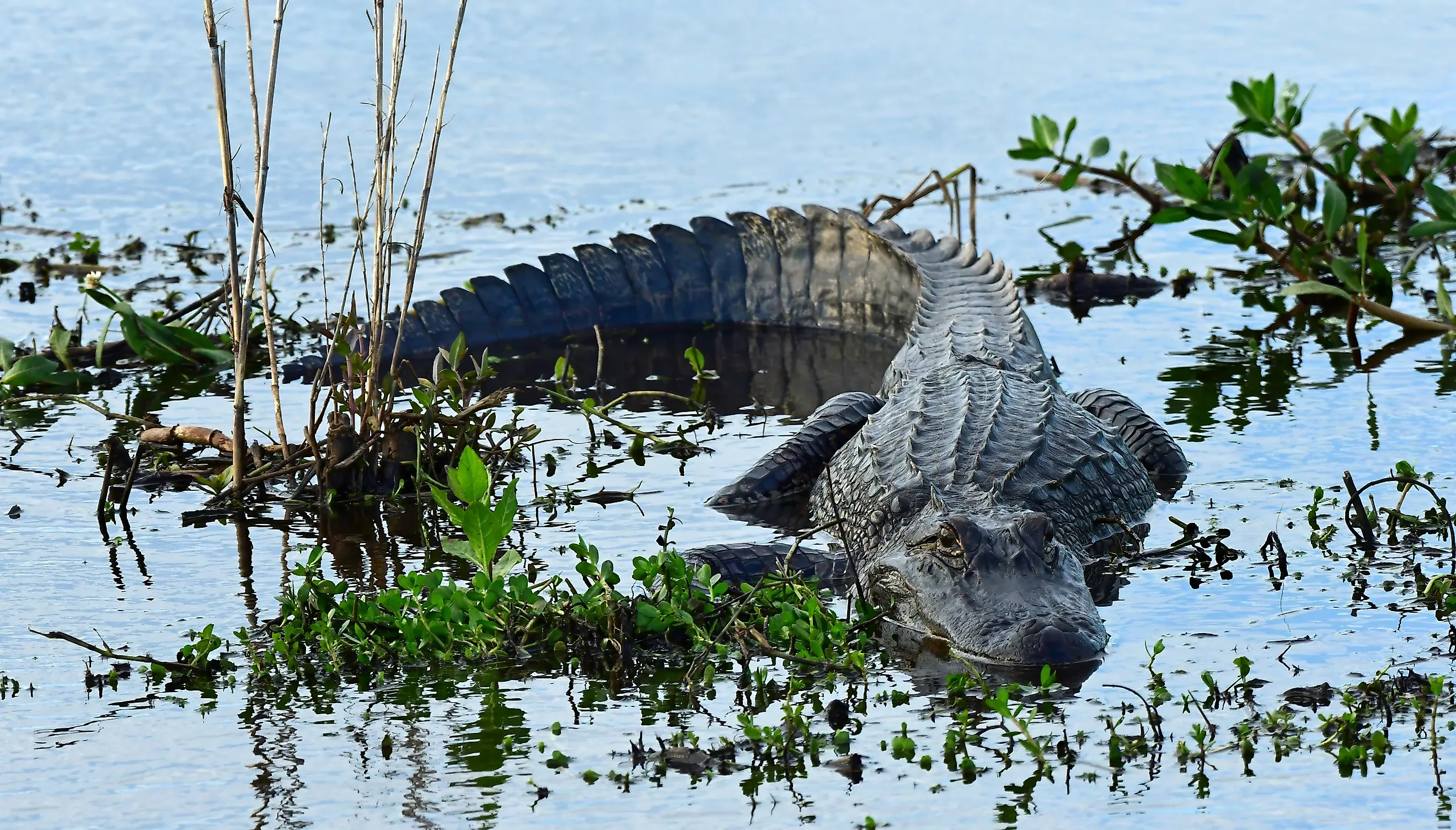
6 Most Alligator Filled Places in South Carolina
Previously endangered in South Carolina, alligators have rebounded in the state and are being more frequently spotted in its freshwater lakes and waterways. Alligators are most often found in the coastal region of the state. Their preferred habitats are river swamps, lakes, ponds, and wetlands. Increased development in these areas can lead to more human-gator interactions. Still, it’s important to remember that these animals just want to be left alone and aren’t inclined to prey on humans. Treating wildlife with respect and learning more about their habits and habitats allows both reptile and human residents to enjoy South Carolina’s scenic waterways.
Lake Marion
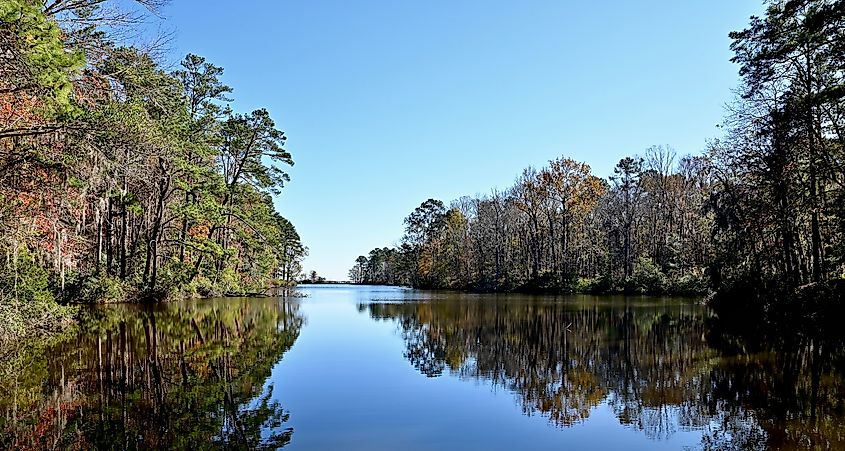
The largest lake in South Carolina, Lake Marion, is over 100,000 acres and sits on the state’s coastal plain. The lake is the upper portion of a man-made reservoir and is a thriving fish habitat stocked with crappie, striped bass, and catfish, making it popular with anglers and boaters.
There are over 100,000 alligators in South Carolina, according to the South Carolina Department of Natural Resources, and around 100 of them live in Lake Marion, making it the most alligator-infested lake in the state. The clean waters, large fish populations, and shallow waters of the lake’s wetlands make it the ideal habitat for gators to feed, hunt, and nest. In 2022, hunters pulled a 12-foot-long gator from Lake Marion. One of the biggest on record, the reptile weighed over 500 pounds.
Lake Moultrie
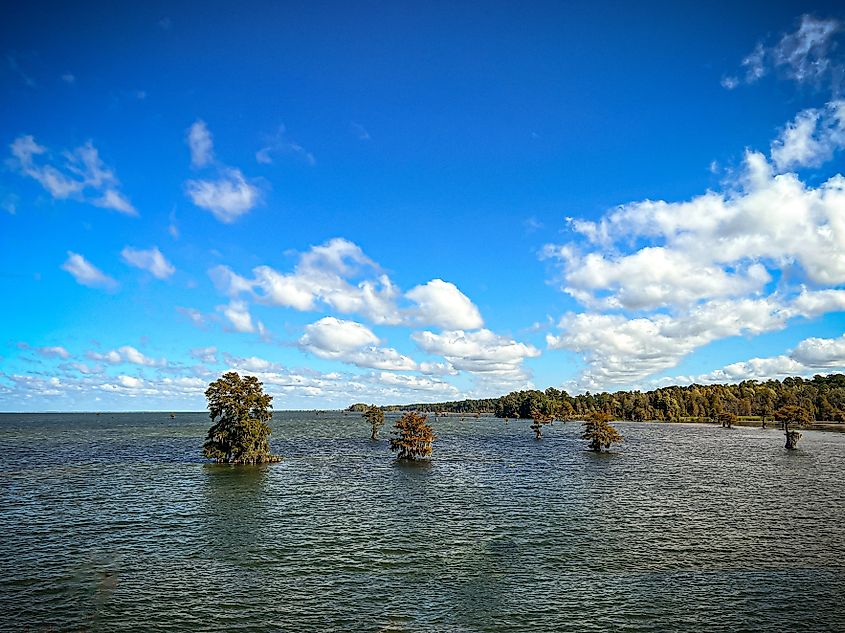
Just 40 miles north of downtown Charleston, Lake Moultrie is South Carolina’s third-largest lake and one of its busiest. The lake is bordered by multiple wildlife management areas and has 210 miles of pristine shoreline. With varying terrain, ranging from shallow swamps and brackish ponds to deep water and shady cypress trees, there are lots of places in and around the lake for gators to hide. Most gators can be found in The Hatchery, a 2,250-acre area of the lake known for its prominent wildlife and largemouth bass fisheries. Thus, it is important to keep an eye out for the dark gray coloration of the American Alligator when out and about.
Don’t let that stop you from enjoying the lake, though. This is a popular tourist spot for visitors to experience the beautiful South Carolina scenery, with a network of scenic hiking trails, campgrounds, a birdwatching boardwalk, boat and kayak rentals, and a fishing pier.
Hilton Head Island
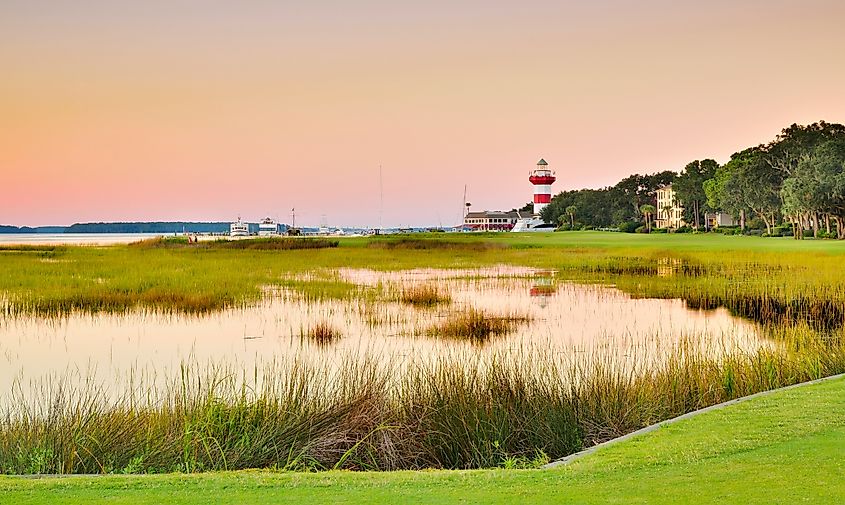
Voted best U.S. island by Condé Nast Traveler, Hilton Head Island is a barrier island in South Carolina’s low country. It’s also home to a large population of alligators. Gators are a keystone species, especially on barrier islands where local environments are more sheltered. Their role as an apex predator means they keep other populations in check and contribute to the overall health of the ecosystem. On Hilton Head Island, alligators create holes and nests that provide vital habitats for other reptiles and birds. Birds will often choose to nest over alligator grounds as the large reptiles keep smaller predators away from their chicks.
Hilton Head Island is one of South Carolina’s most popular tourist destinations, and the increase of development across the island has led to more human-alligator interactions. Some tour operators have capitalized on the native reptiles, offering guided tours around the island’s Sea Pines Resort Forest Preserve, which contains several freshwater lakes.
Huntington Beach State Park
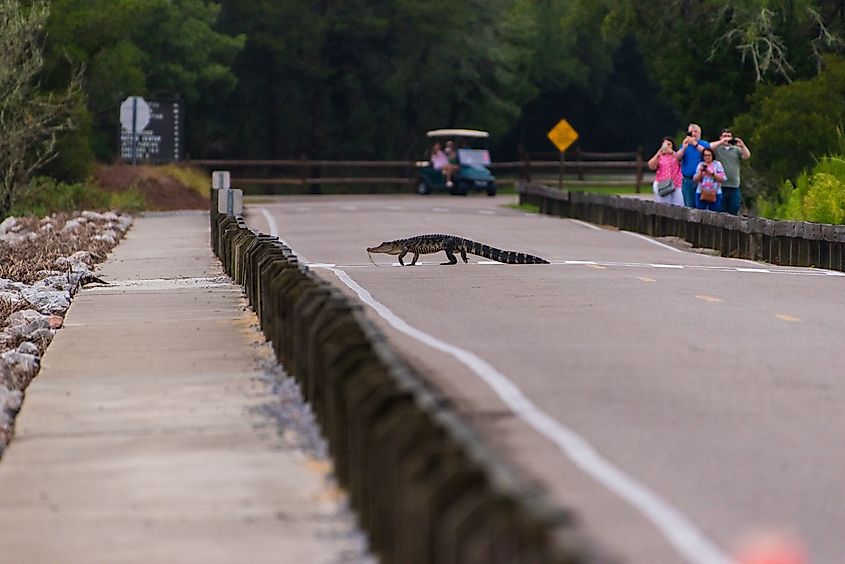
Huntington Beach State Park, located on the coast, is a haven for alligators and diverse wildlife, featuring pristine Atlantic beaches, saltmarshes, wetlands, and a freshwater lake. It ranks among South Carolina's top spots to observe alligators safely in their natural habitat. The park's Nature Center runs alligator programs from March to October, offering visitors the chance to view these creatures and learn about their behavior, environment, and habits. It also displays a live baby alligator for a firsthand experience. When encountering an alligator, keep children and pets close, avoid between the alligator and water, and maintain at least 15 feet distance, watching carefully. Signs of threat include hissing or opening their mouths—if this occurs, step back further. Besides the alligators, the 2,500-acre park offers relaxing beaches and excellent birdwatching opportunities for migratory species.
Savannah River
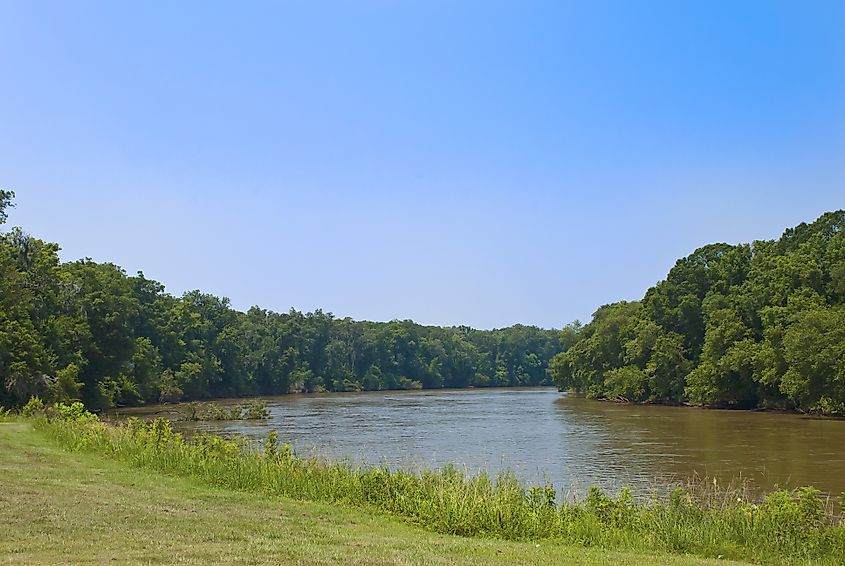
The Savannah River stretches over 300 miles along the border between South Carolina and Georgia. It is a major habitat for alligators, making it a significant research site for the Savannah River Ecology Laboratory, which focuses on studying these reptiles. A top location for observing Savannah River alligators is the Savannah National Wildlife Refuge. Established in 1927 as a sanctuary for migratory birds, it now hosts numerous species, including turtles, bobcats, bald eagles, and alligators. Covering nearly 30,000 acres, the refuge features tidal freshwater marshes where visitors are most likely to see alligators basking in the sun or swimming in shallow waters.
The Great Pee Dee River
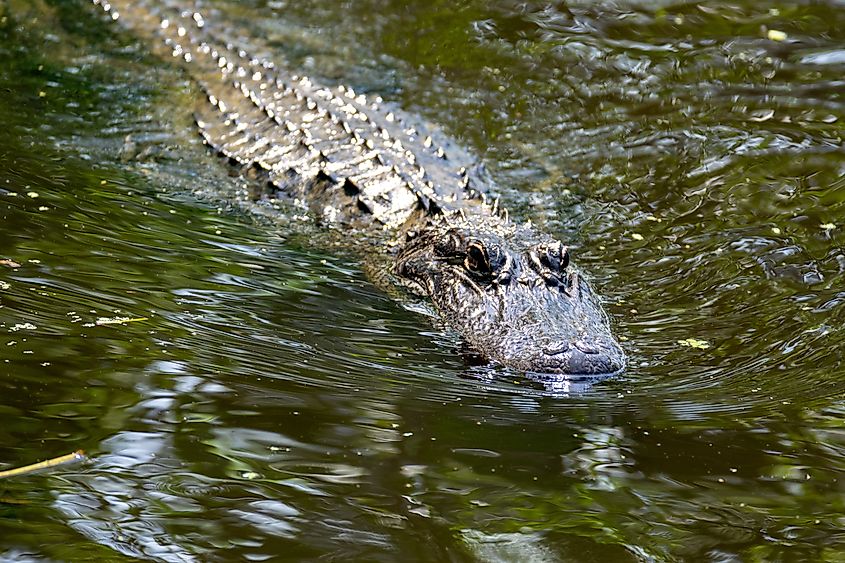
Designated as a state scenic river in 2002, the Great Pee Dee flows through coastal plains, featuring pristine wetlands, swamps, and marshes favored by alligators. The river is abundant with preferred prey like catfish, bass, bream, and other freshwater fish. Several wildlife preserves along its course offer opportunities for boating, fishing, kayaking, scenic walks, and alligator spotting, including the Waccamaw National Wildlife Refuge and Woodbury Wildlife Management Area. The local alligators are known for their impressive size, with hunters often catching specimens over ten feet long.
Being Gator Safe
The main rule to avoid alligator and human interactions is not to feed them. Alligators that receive food from people lose their fear and can become dangerous. These large predators deserve respect. If you see one, stay at a distance, remain calm, and avoid approaching or disturbing it. When visiting areas mentioned above or any recreation site in South Carolina with alligators, watch for warning signs. Parks and public places often post alerts if alligators have been seen in water areas used by visitors. Keep in mind that alligators are more active during the warmer spring and summer months when they are breeding.
